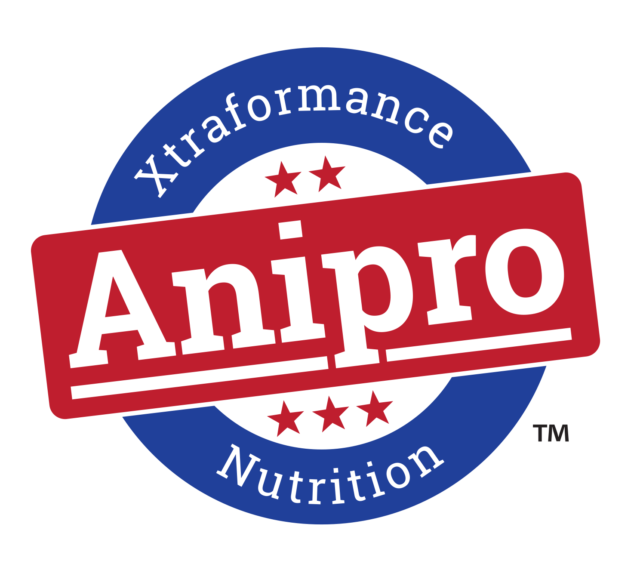For calves at just 45 days old, multiple technologies are available to help increase the productivity of your calf crop. Along with early vaccinations, you can help increase pounds of gain by collaborating with your veterinarian to select a low-dose implant best suited for your herd.
For cow/calf producers in particular, the extra pounds at weaning that can be achieved by implanting sucking calves far outweighs the actual cost of the implant. When properly used, implants can help to wean an extra 19 pounds, giving you at least $25 more per implanted calf when sold.
The long-standing philosophy behind using implants is to match the dose to the cattle based on their nutritional status. For instance, suckling calves on the cow are going to have a lower rate of gain potential and reduced feed intake compared with a heavier animal. In any case, this is an excellent time to utilize a low-dose implant. As the calves grow larger and feed continues to get more expensive, looking to a higher-dose implant will be the most practical option.
Proper nutritional programs, parasite control (both internal and external) and implant strategies are all additive and continue to improve health and weaning weights of suckling calves. Best of all, gains during the suckling phase will not adversely affect future performance in the feedlot.
The benefits of implanting suckling calves improve rate of gain, help produce more beef with fewer cattle and rarely affect the price paid per pound at the sale barn. Based on 2009 data, very few producers received a premium when they did not implant their calves. In fact, on average, there was no difference in prices paid per pound for nonimplanted vs. implanted calves.
When looking at weight gains of implanted vs. nonimplanted cattle — implants produce a heavier animal. Cattle grow bigger and more efficiently, leaving less of a carbon footprint and making them able to use nutrients more economically. Combining implants with other technologies helps us to maintain beef supply with a lower number of cattle due to drought and other factors. ![]()
Dr. Gary Sides is a cattle nutritionist for technical services of Pfizer Animal Health.
STAFF
The extra pounds at weaning that can be achieved by implanting sucking calves will outweigh the actual cost of the implant.







